List of all AdipoGen Life Sciences’ Human ACE2 Antibodies
All Human ACE2 Antibodies
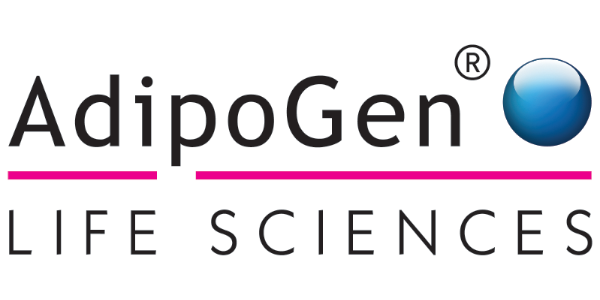

List of all AdipoGen Life Sciences’ Human ACE2 Antibodies
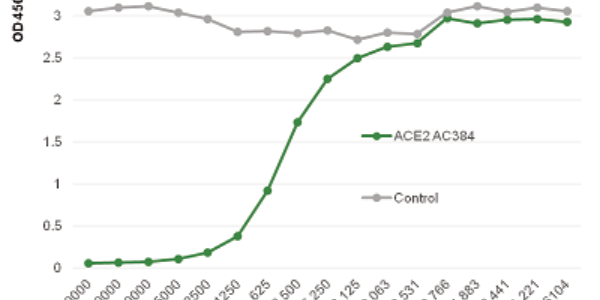
Anti-ACE2 (human), mAb (blocking) (AC384) (preservative free) is a monoclonal antibody that recognises human ACE2 and blocks its binding to SARS-Cov-2.
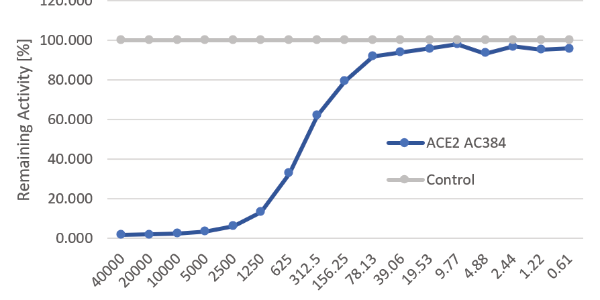
AdipoGen’s SARS-CoV-2 Inhibitor Screening Set has been developed as a HTS detection assay for the determination of SARS-CoV-2 blocking reagents.
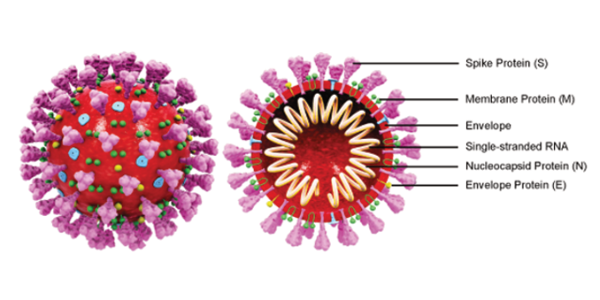
AdipoGen has detection of soluble ACE2, antibodies against SARS-CoV-2 and a HTS detection kit for the determination of SARS-CoV-2 blocking reagents.
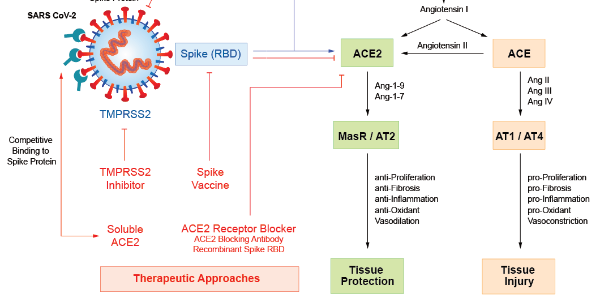
To date, there are no effective vaccines against coronavirus, which can cause pneumonia & bronchitis, but several strategies are being pursued.
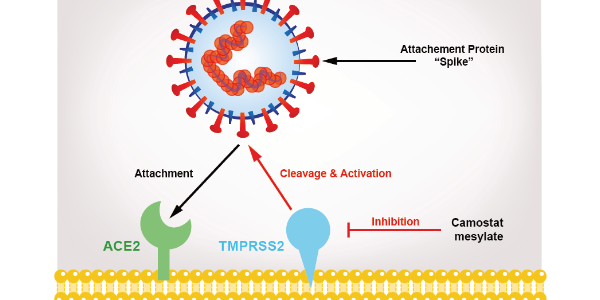
ACE2 was identified as a key receptor on target cells for SARS-CoV in 2002. ACE2 is the entry receptor of SARS-CoV-2 & is the cause of COVID-19.
To support the efforts of researchers worldwide in understanding and combating SARS-CoV-2, ProSci Inc has developed and manufactured COVID-19 (SARS-CoV-2, 2019-nCoV) antibodies and research reagents against the virus, and virus receptor ACE2. Polyclonal antibodies and monoclonal antibodies are available against
With the COVID-19 pandemic, Caltag Medsystems are pleased to be able to supply Coronavirus-19/ SARS-CoV-2 detection kits and research tools. Below is a summary of the 3 main categories of COVID-19 assays we have to offer: Lateral Flow Immunoassays, ELISA
COVID-19 infected cells can be recognized by T-cells only after SARS-CoV-2 peptides are processed and presented in the context of self MHCs. Identifying these peptides have essential utilities: Immune monitoring: Using peptide-MHC tetramers to assess vaccine-induced immunity Designing potent vaccines
Coronavirus 19 is known to infect the respiratory tract and cause mild or highly acute respiratory syndrome. A consequence of this is the release of pro-inflammatory cytokines, including interleukin (IL)-1β and IL-6 (1). This hyperinflammatory response is thought to be